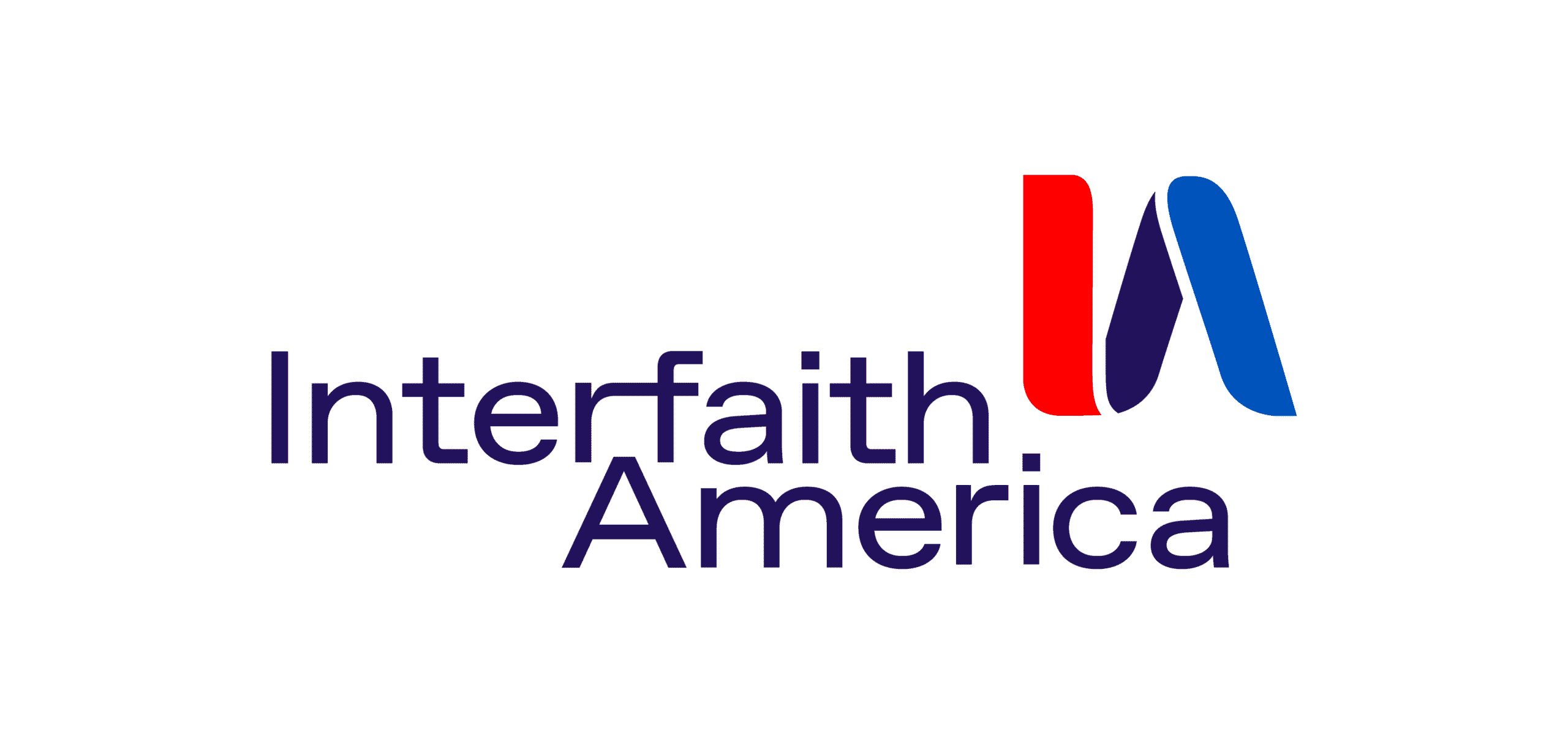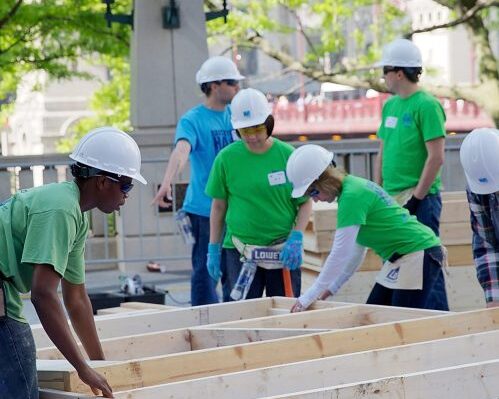Interfaith America is a non-profit organization that inspires, equips, and connects leaders and institutions to unlock the potential of America’s religious diversity.
We Can Build Bridges is a self-paced, independent learning experience. This online course is an ideal starting place for anyone who wants to know more about bridgebuilding or for anyone who wants a foundation for their existing bridgebuilding efforts. After completing this course, learners will be able to:
- Define the components of bridgebuilding;
- Describe the key difference between pluralism and diversity;
- Offer an example of bridgebuilding;
- Offer a reason why bridgebuilding can be an effective tool to address challenges; and
- Identify one place in their life, even if small, where bridgebuilding could be helpful.
Syllabus
Contributors





